
Jaundice in the newborn
An educational
initiative
supported by

Written by experienced doctors, midwives and other medical professionals – and approved by a specialist Editorial Board
Enhancing the Welfare of Women
Expert Health Information for Women
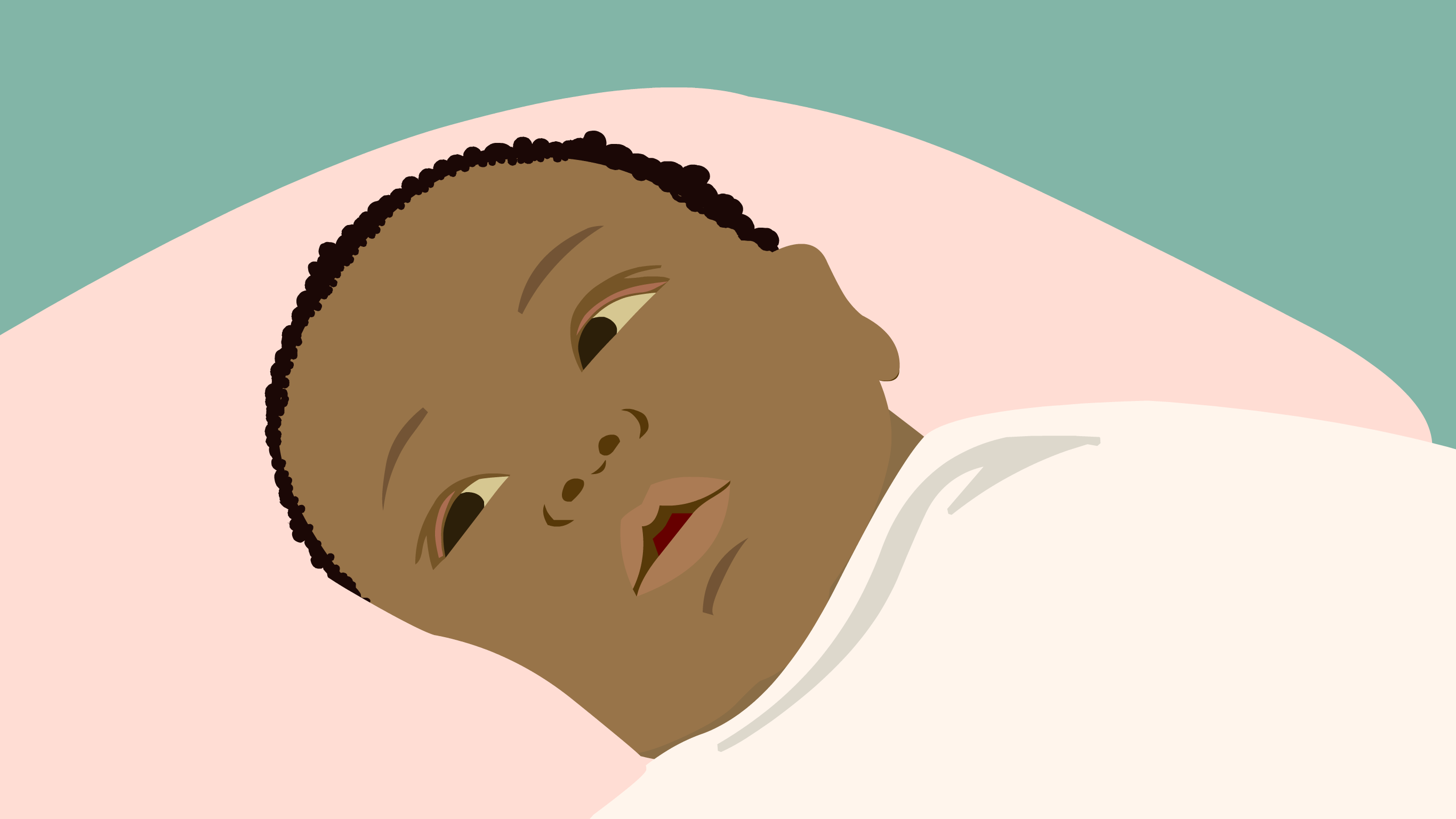




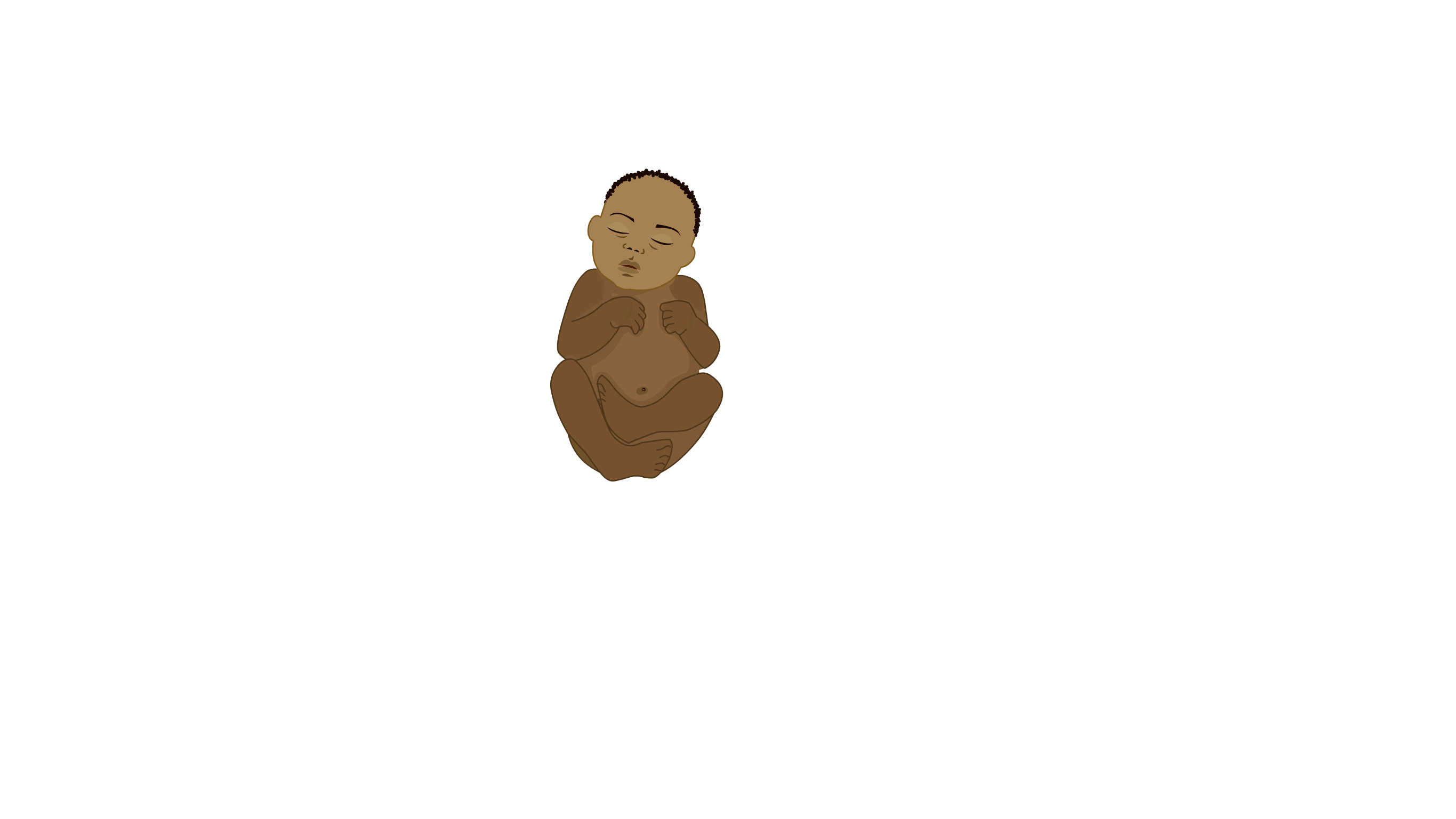




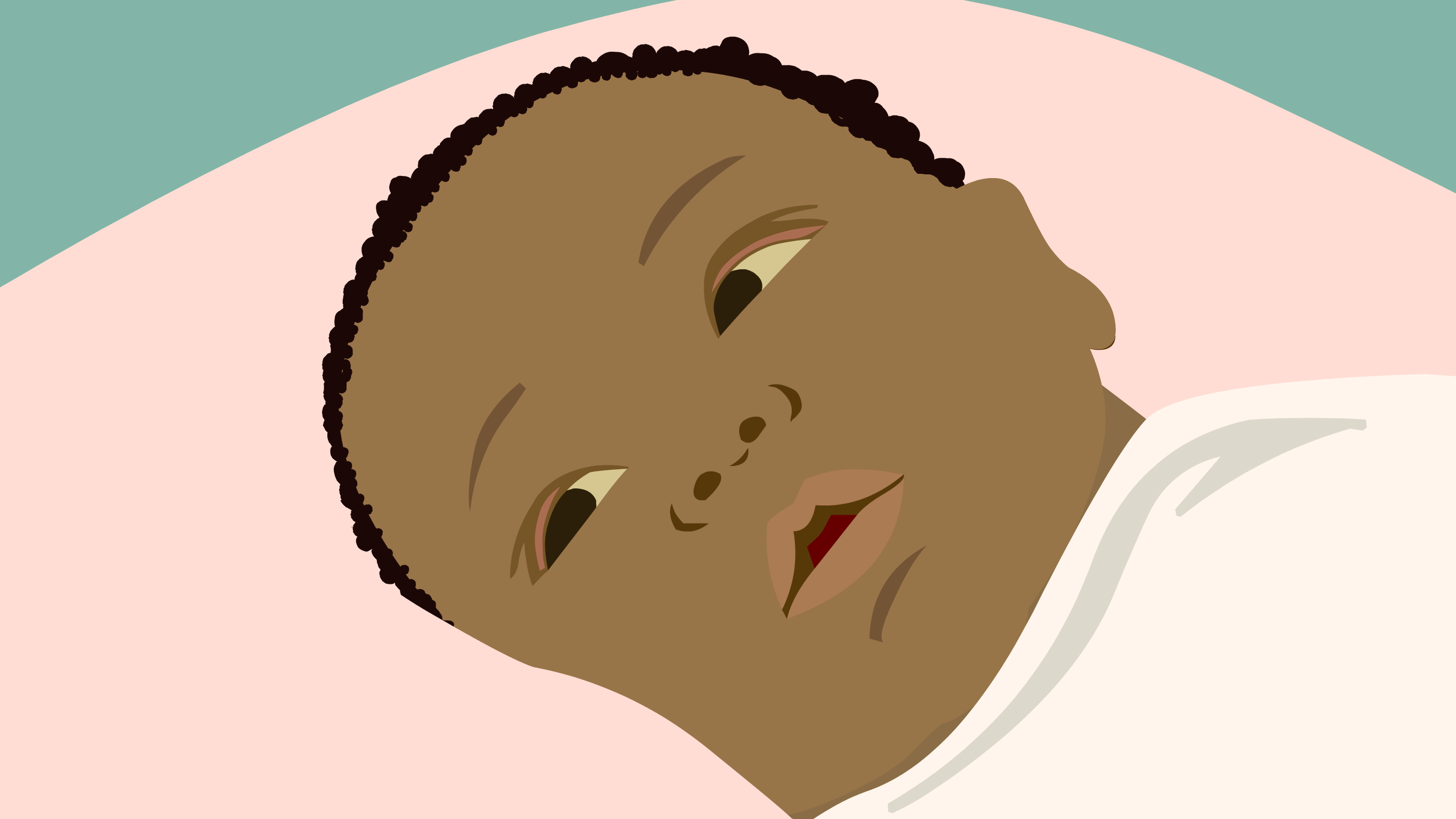



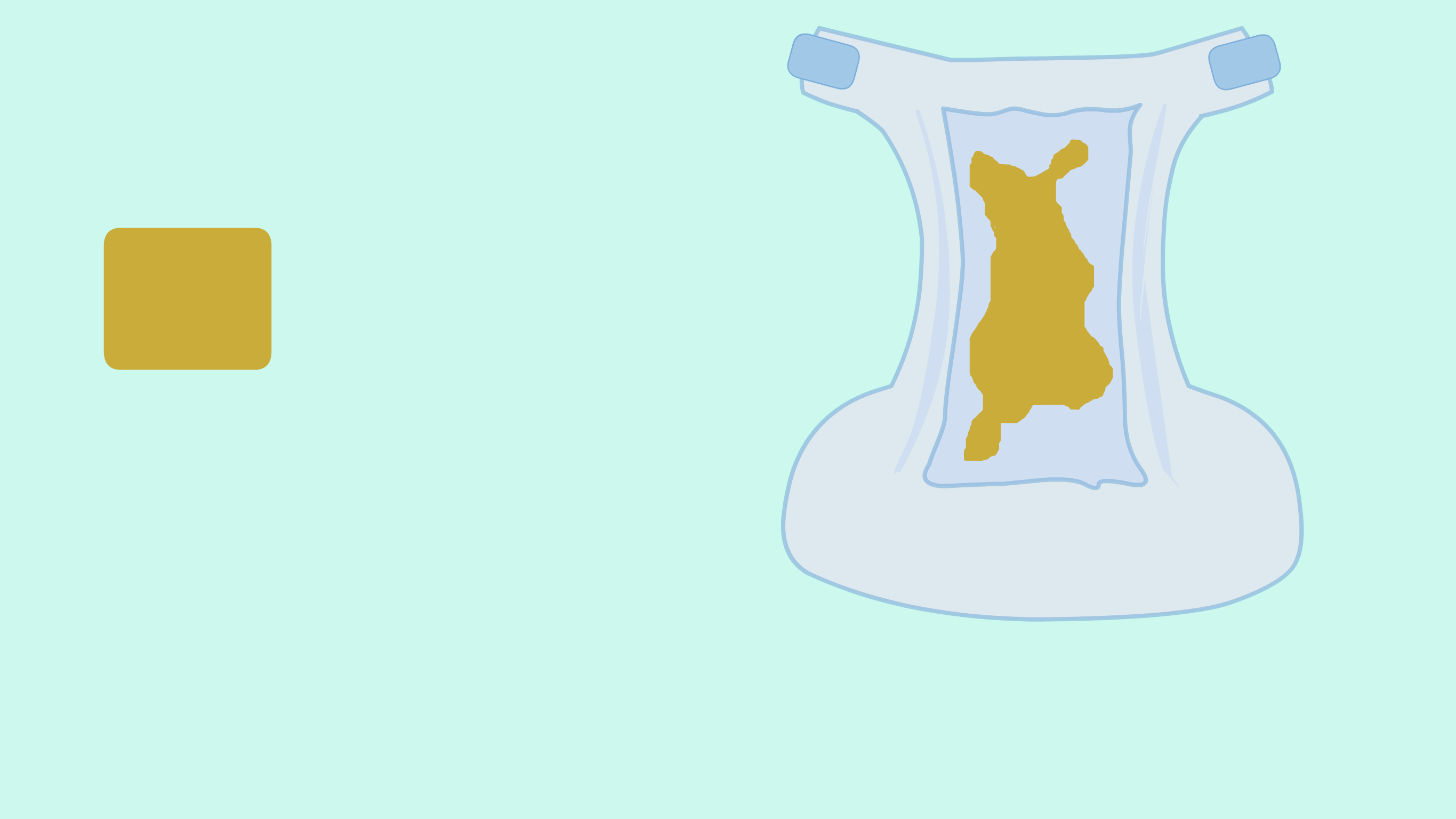

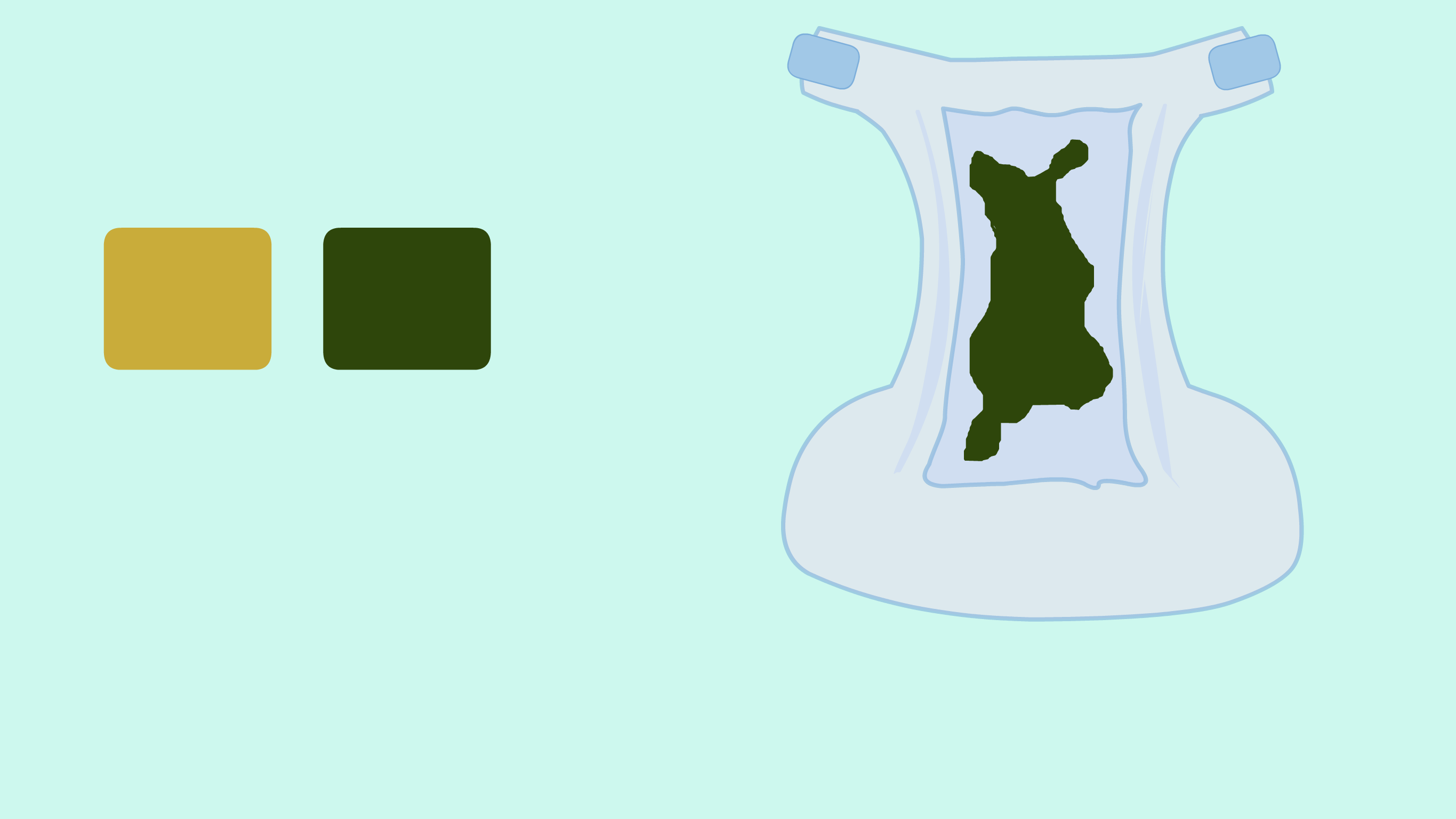
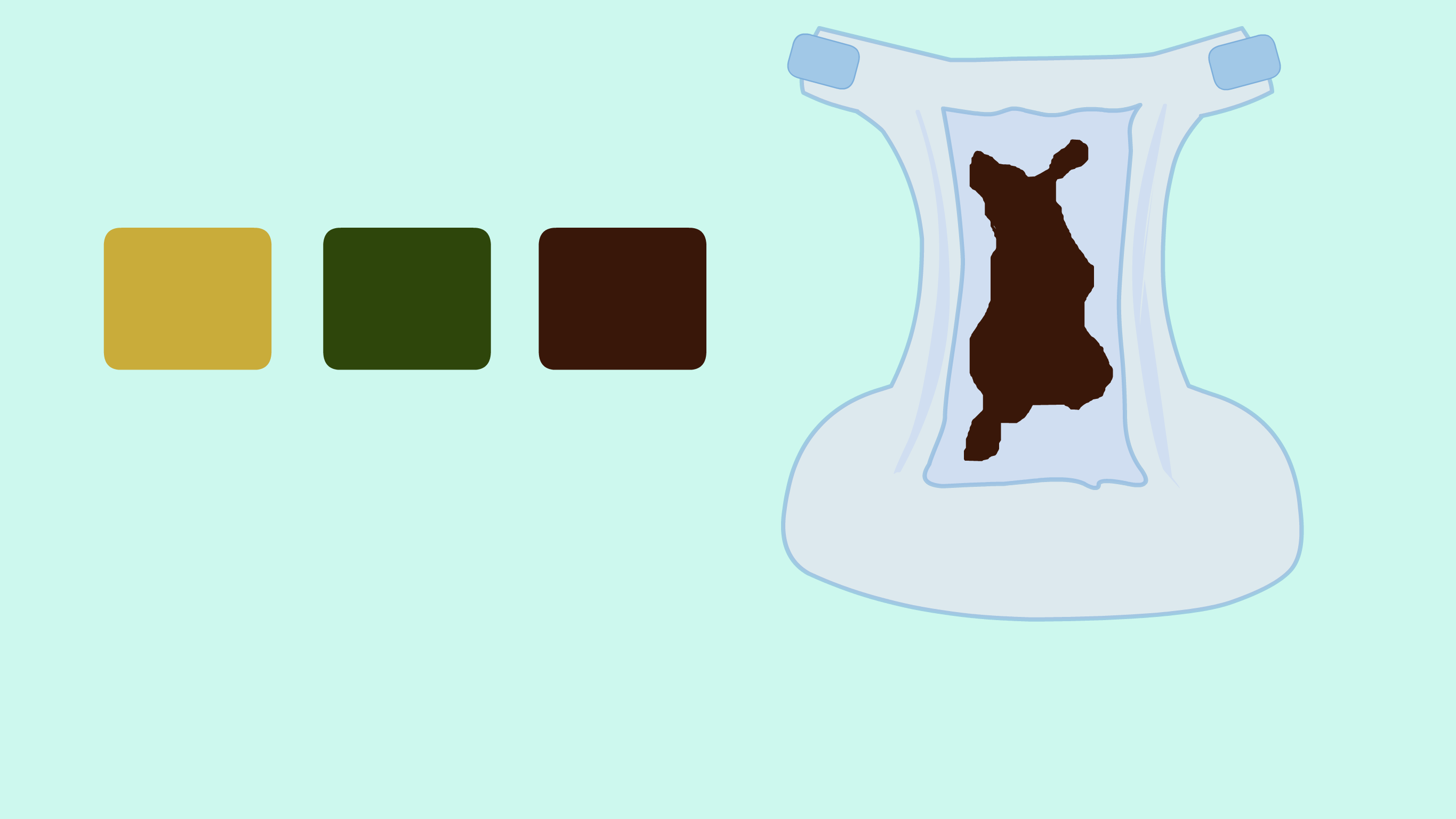




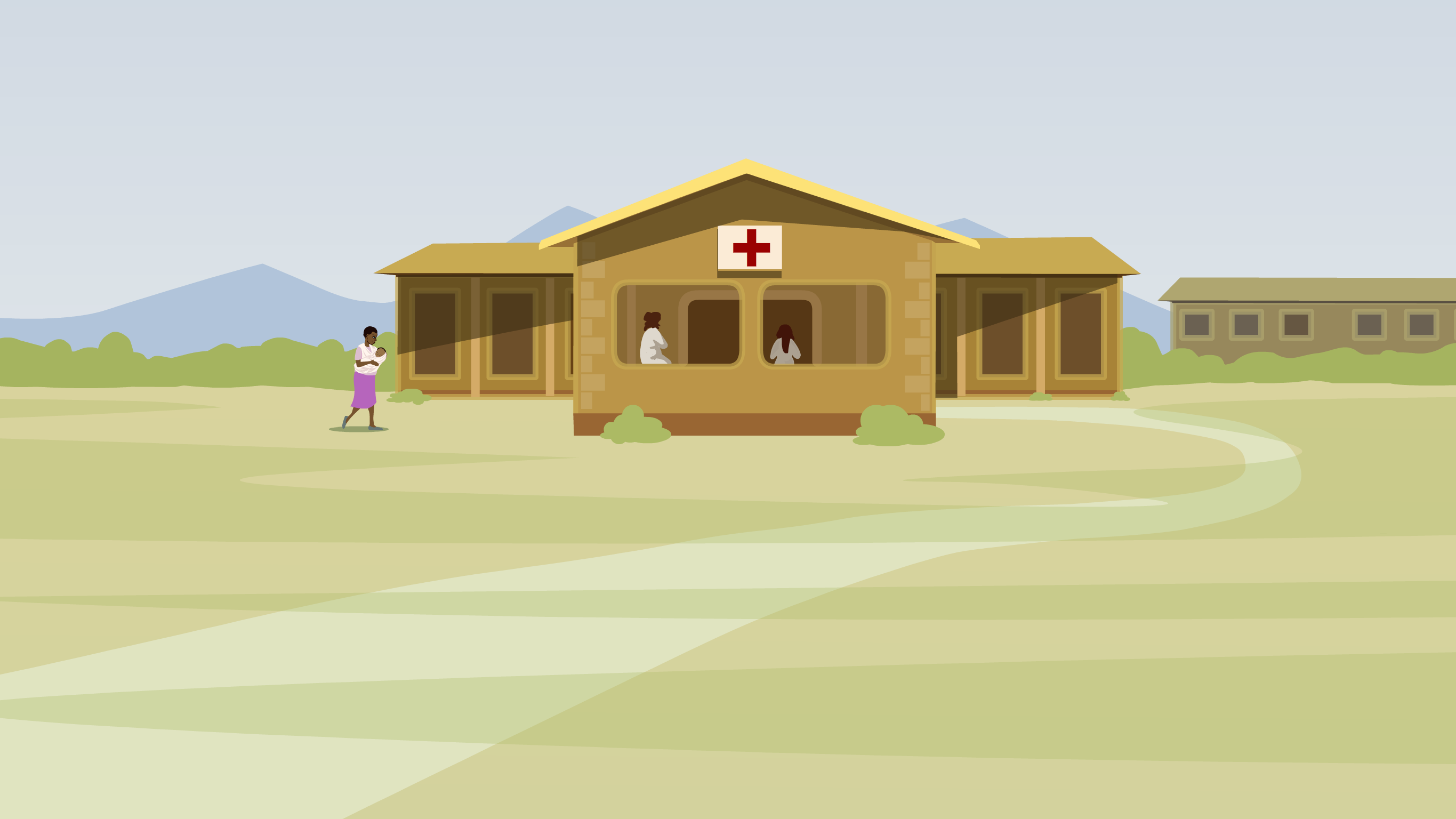

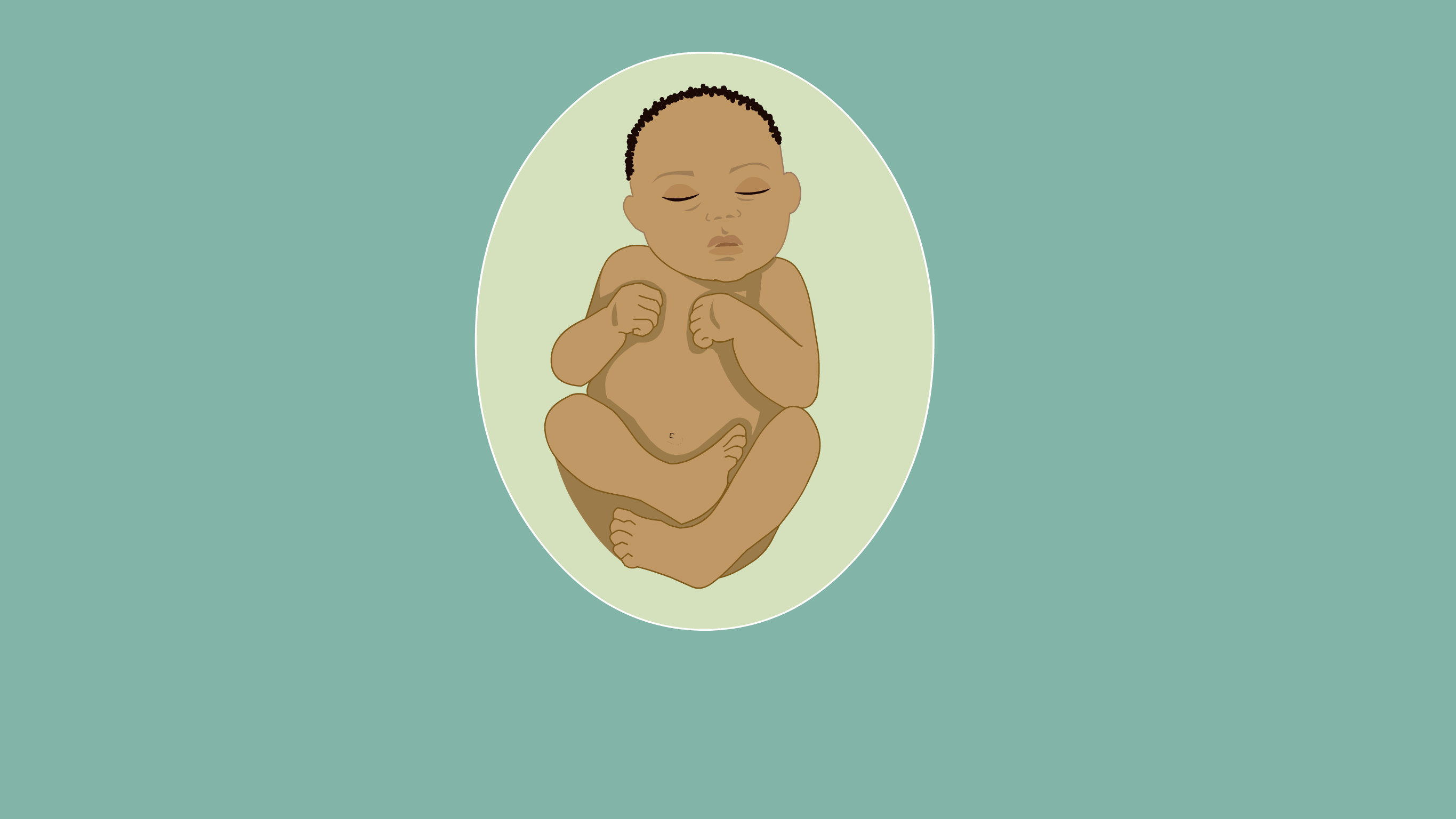



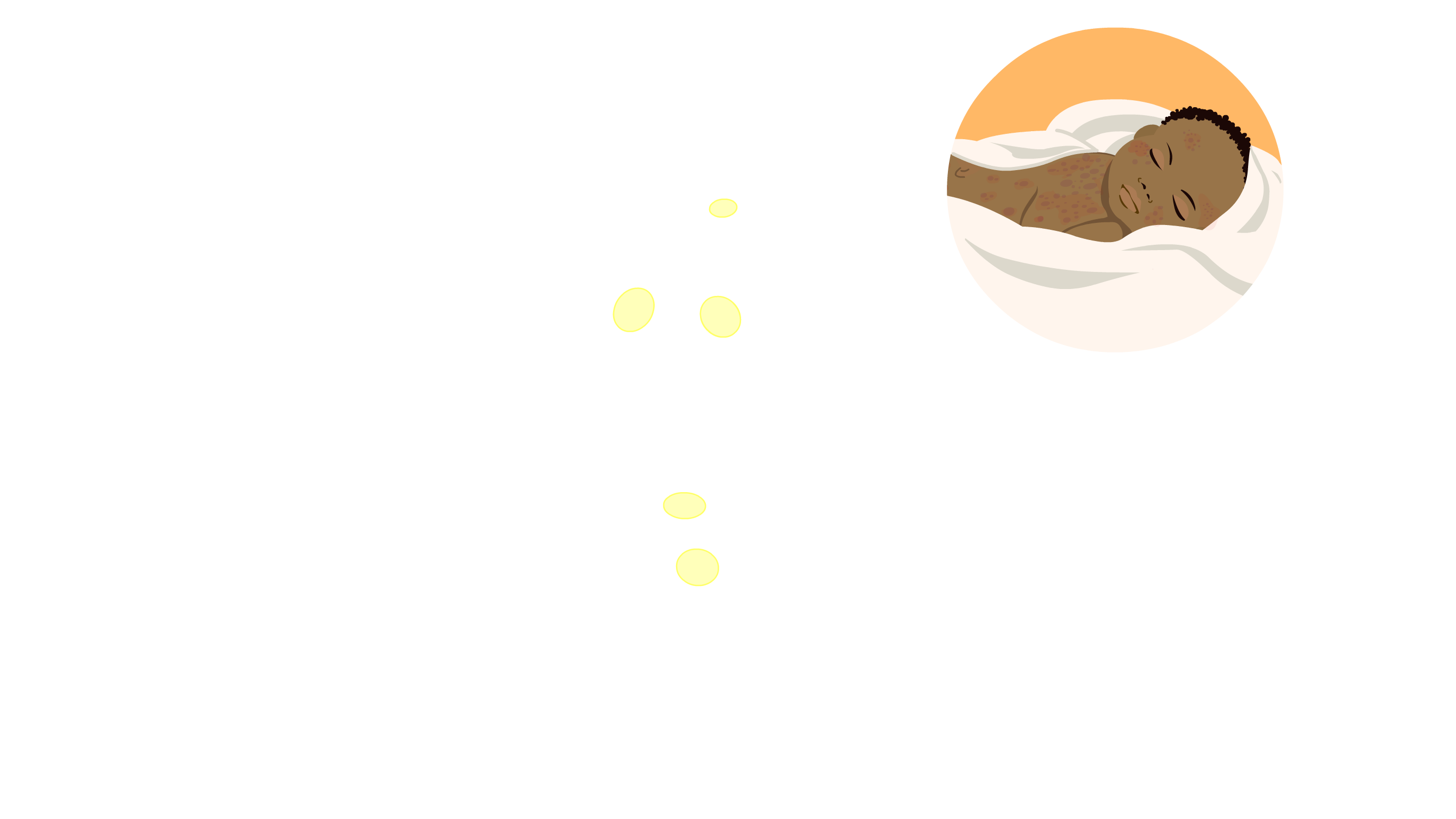

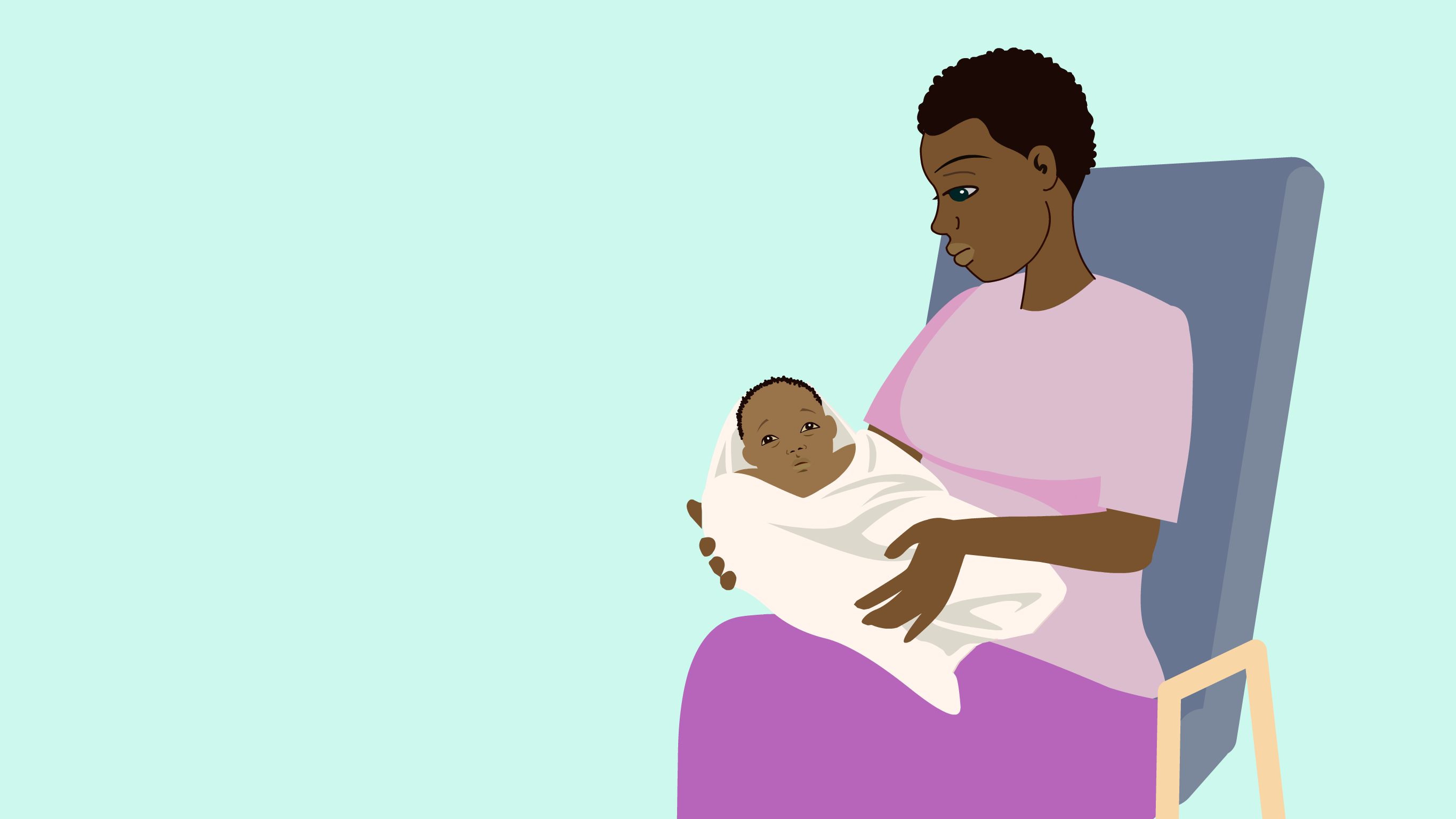


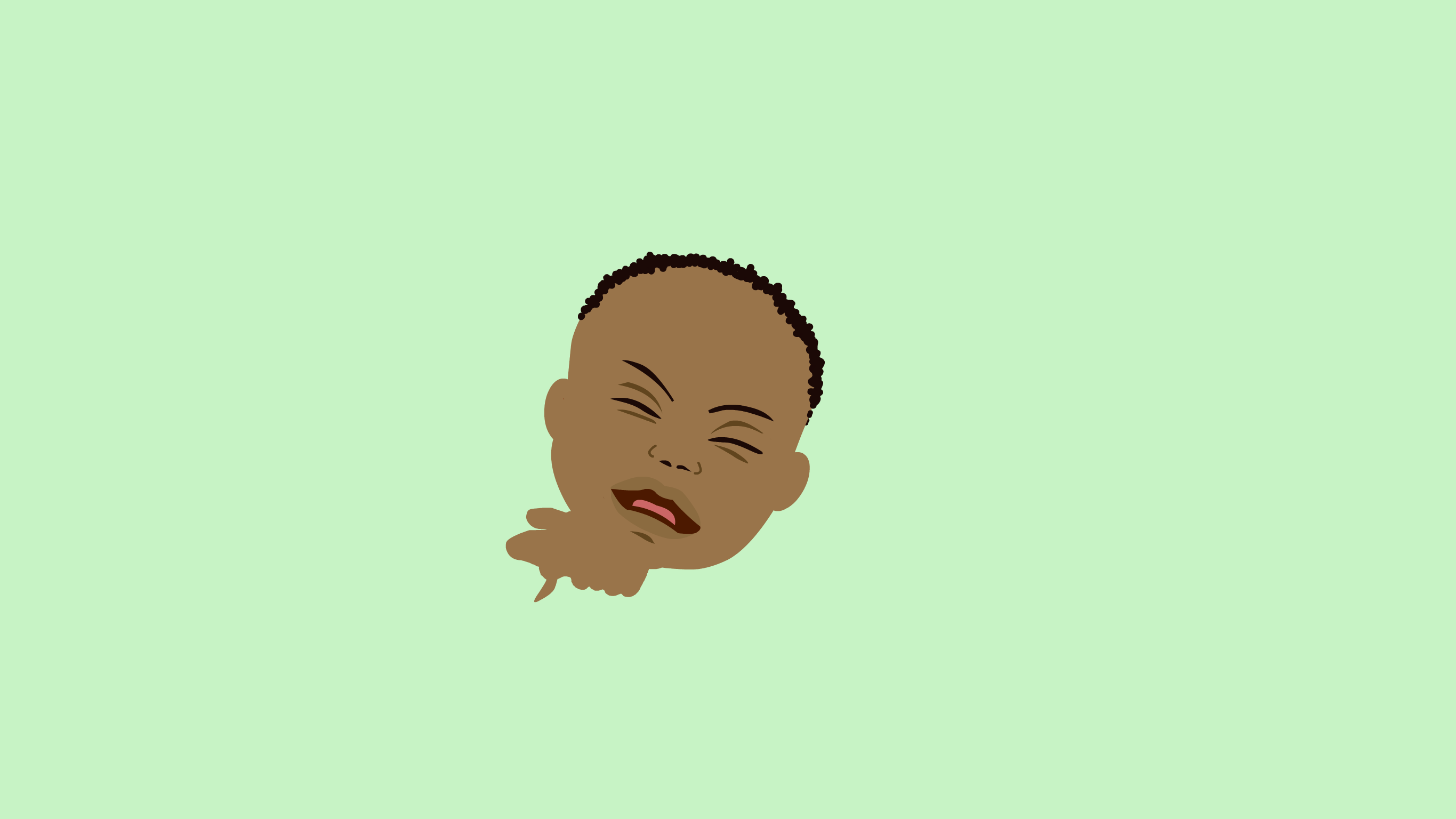
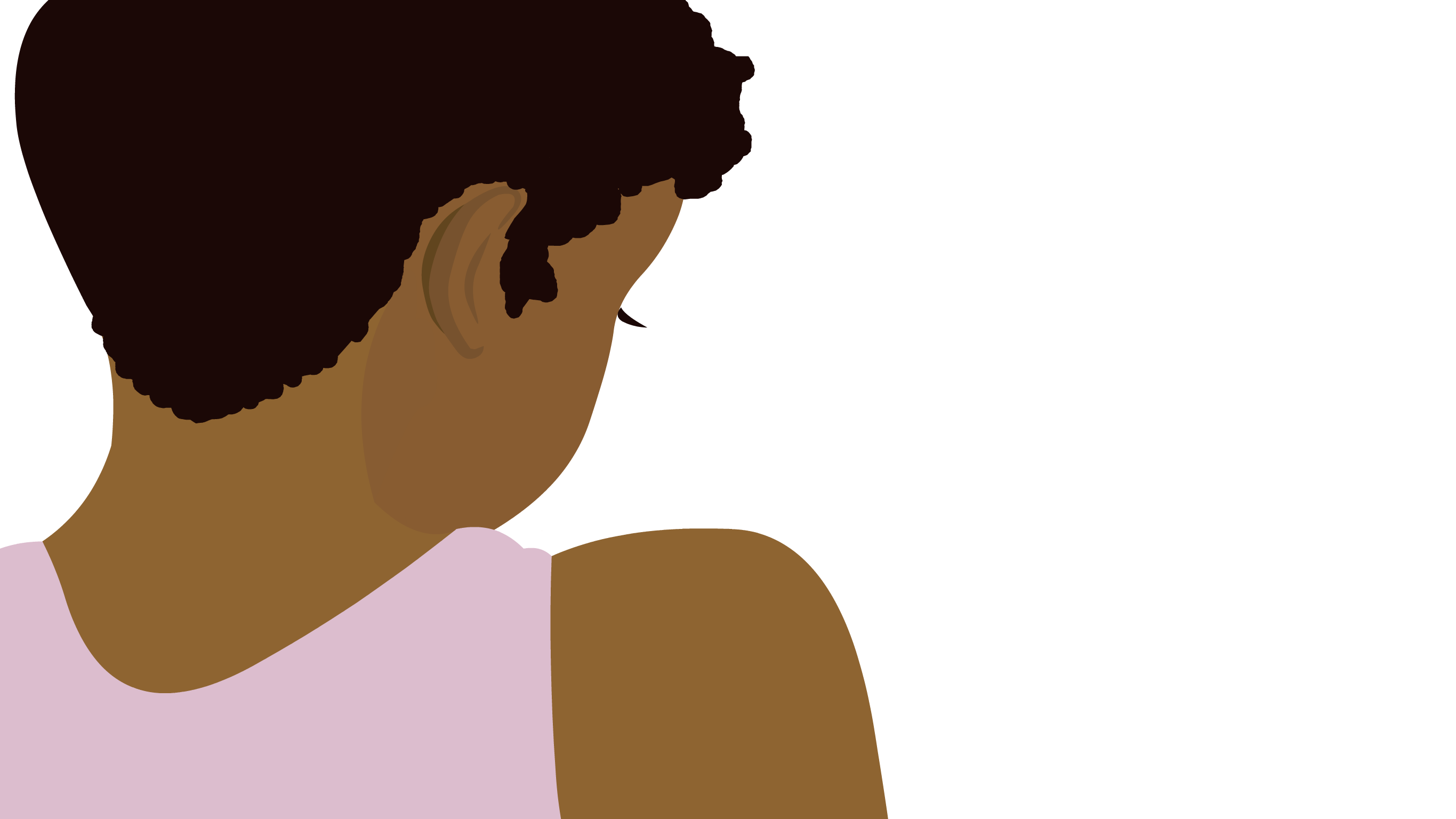

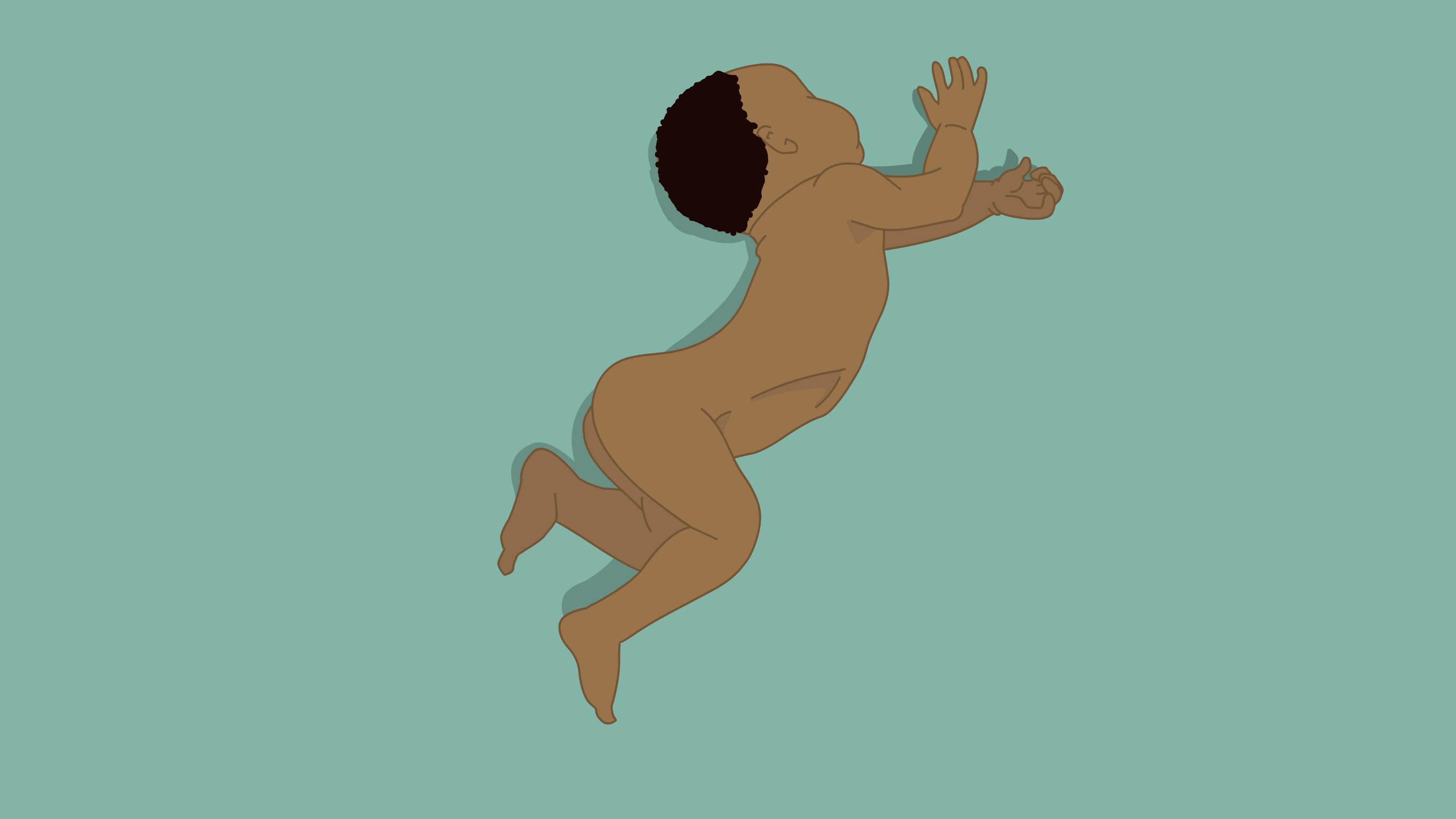


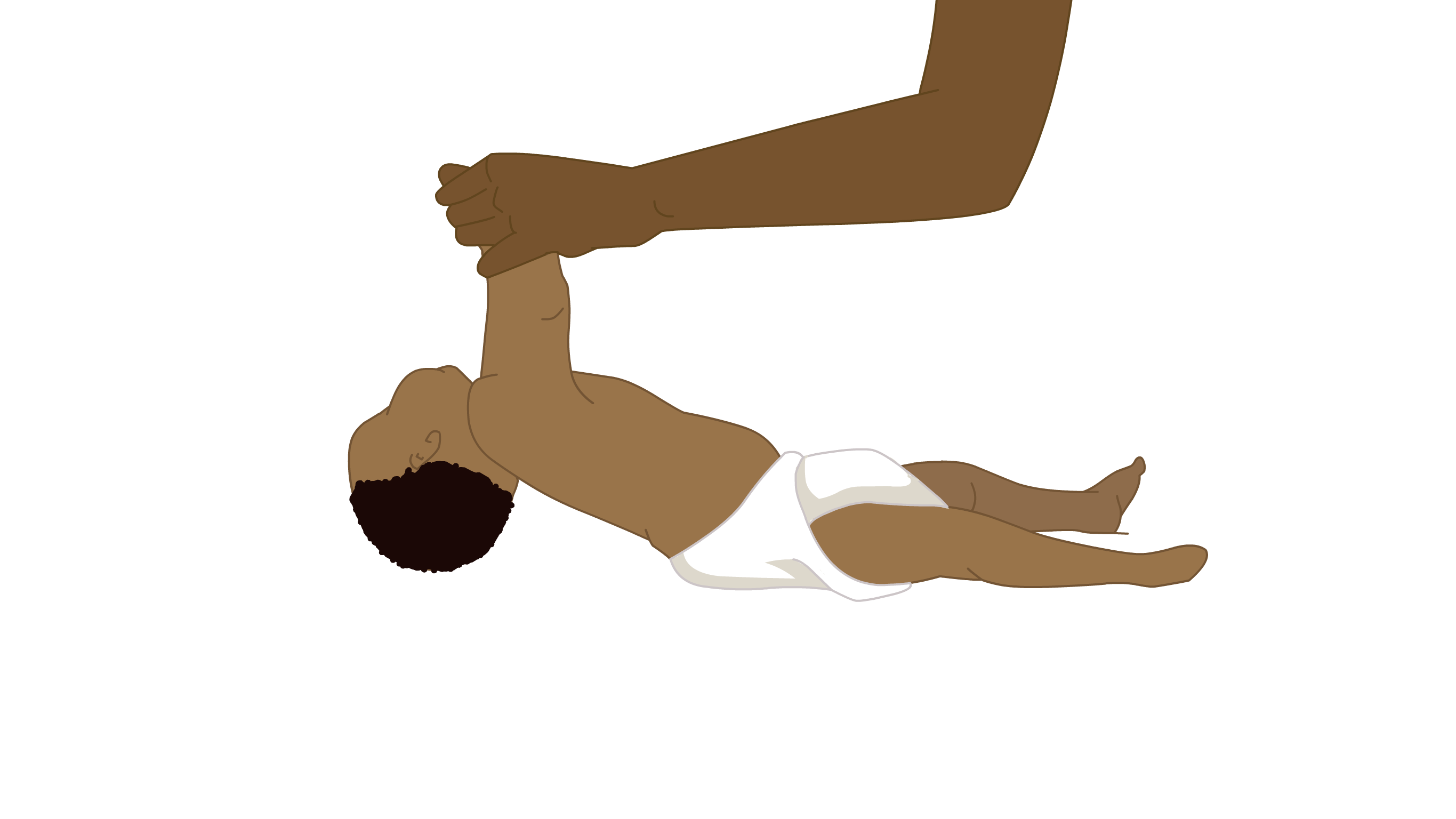


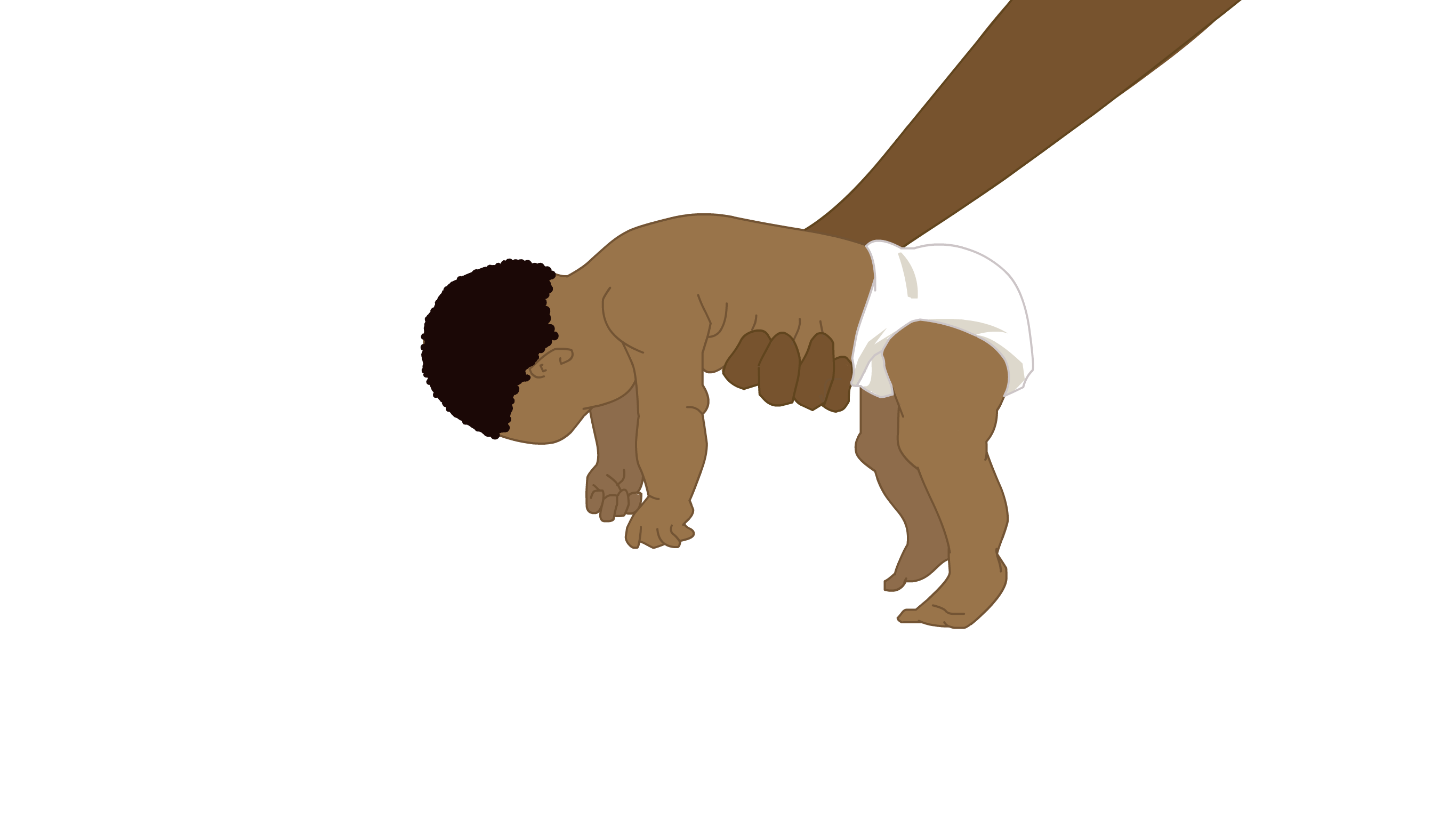

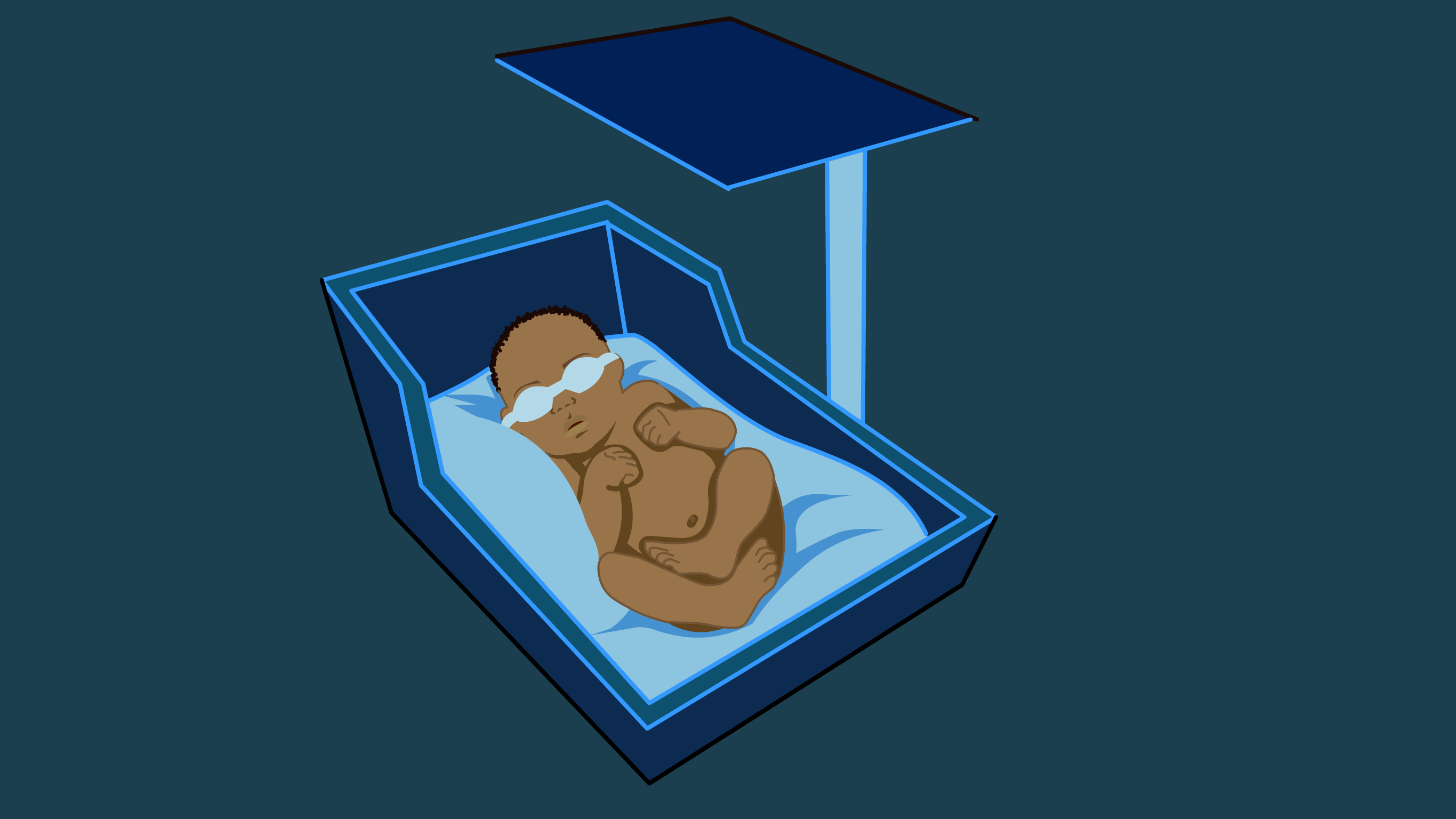


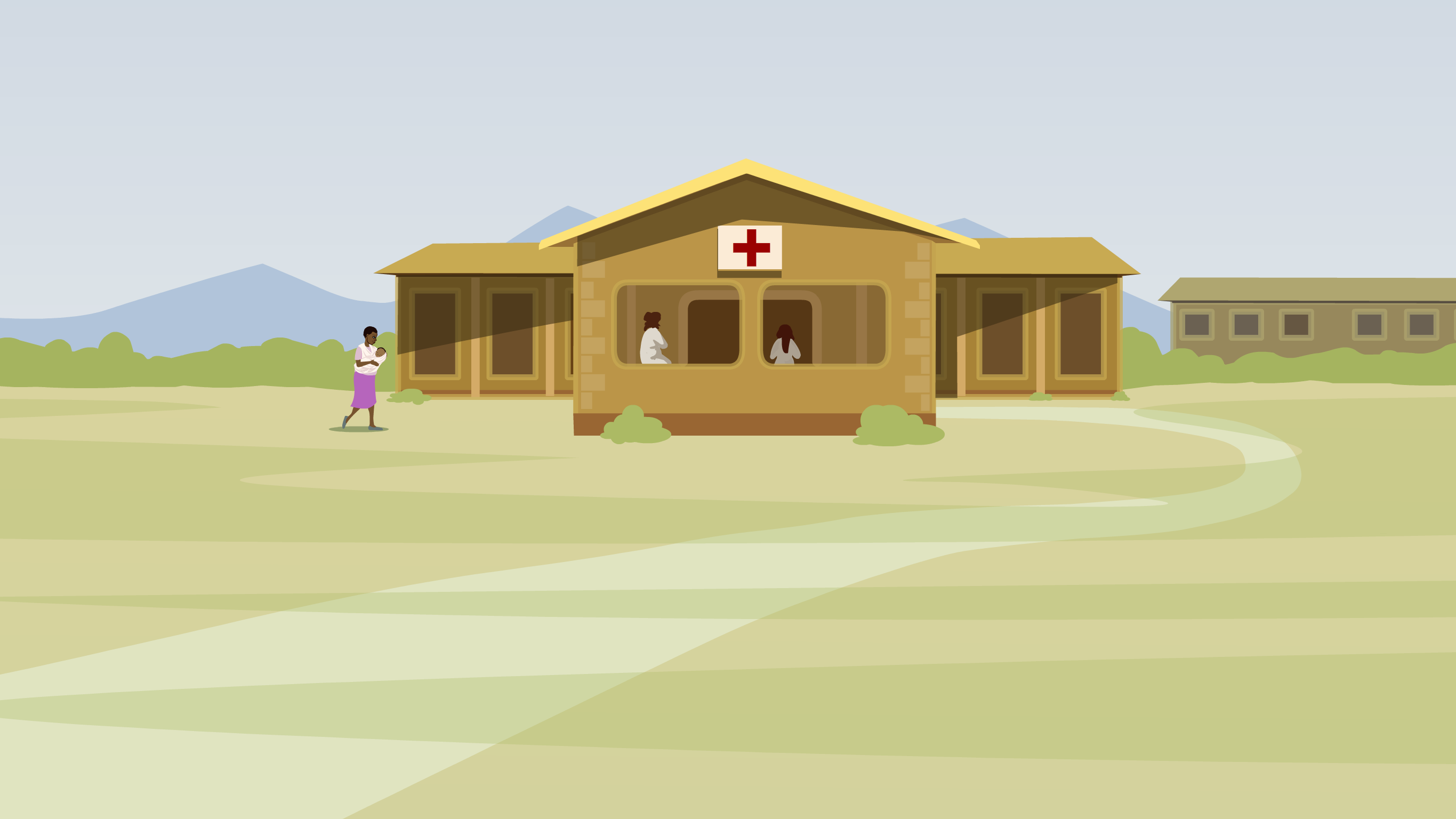

The authors of this JAUNDICE IN THE NEWBORN program are:
- Dr Siti Nurkamilla Ramdzan
Department of Primary Care Medicine, Faculty of Medicine, Universiti Malaya, Malaysia - Dr Ilham Ameera Ismail
Faculty of Medicine, Universiti Teknologi MARA, Malaysia - Dr Julia Suhaimi
Faculty of Medicine, Universiti Malaya, Malaysia - Dr Khasnur Abd Malek
Faculty of Medicine, Universiti Teknologi MARA, Malaysia - Dr Nurainul Hana Shamsuddin
Faculty of Medicine and Health Sciences, Universiti Putra Malaysia, Malaysia
The Welfare of Women program has been created under the General Editorship of Dr Kate Lightly, University of Liverpool, UK and is overseen by an expert International Editorial Board
The cost of producing this resource has been partly funded by an educational grant from GSK
What is jaundice in babies?
Jaundice is when the skin and eyes of babies turn yellow. This yellow color is caused by a product in the body called bilirubin. It is a common condition in babies because of a change in the surroundings from the mother's womb to the outside world. It is usually a normal condition if it happens between 2 days and 2 weeks after birth.
Signs of mild jaundice
Most babies have mild jaundice. The yellowish skin and eyes are usually more apparent in the first week following birth. It will start to get better by the second week. It is best to check your baby's skin and eyes under daylight. If your baby has darker skin, look for jaundice or yellow color in the eyes, and by pressing his or her skin.
To know that your baby is okay, he or she should drink milk often and appear well. Your baby's poo will also change depending on their age and what he or she feeds.
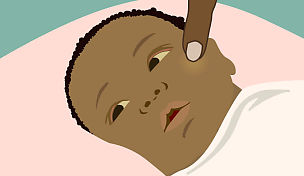
- Green or black sticky poo is normal in the first few days after your baby is born. The color should change within 3 days after birth.
- Bright yellow, loose and runny poo is normal in breastfed babies.
- Greenish and darker yellow stool is common in babies fed with formula milk.
During this time, you should continue to care for your baby as usual. Carry on breastfeeding your child and monitor your baby's health.
What is bad jaundice?
Sometimes, a baby's jaundice can become worse or last longer. Some babies may:
- have worsening yellow color of the skin
- look yellow all over the body
- sleep too much
- have white- or clay-colored poo
- have dark-colored pee
- not want to drink milk
- have a fever or rash
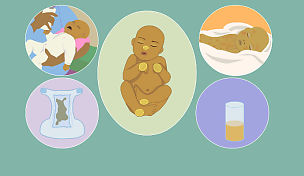
These are signs which may indicate that the jaundice is more serious. You need to take your baby to see a healthcare worker on the same day if he or she has any of these signs.
Complications of bad jaundice
Very bad jaundice is dangerous to babies, and it can cause hearing loss and brain damage. Take your baby immediately to the nearest healthcare center if your baby starts to show any of these signs:
- non-stop or high-pitched crying
- arching of the body
- strange eye movements
- the body becomes limp
- the body is stiff
Treatment for jaundice
These are danger signs and your baby needs treatment. Early treatment such as using special light (phototherapy) can reduce the chances of getting problems caused by serious jaundice. Make sure to take your baby to see a healthcare worker if you suspect your baby has jaundice.
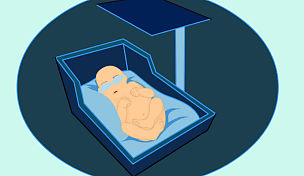
Alternative treatment for mild jaundice
You can consider putting your baby under indirect sunlight if the healthcare worker thinks your baby has mild jaundice. Getting indirect sunlight for 30 minutes to an hour, two times a day may help to lower your baby's jaundice. You should undress your baby and cover his or her eyes while providing indirect sunlight to your baby. Do not put your baby under direct sunlight as it harms them. Stay with your baby in the sun as babies are at risk of overheating and getting burns even under indirect sunlight. Look if your baby is hot and do not stay long if the sun is too strong. The sunlight is good for you too.
Check your baby for jaundice every day. It should not get worse and should be gone when your baby is two weeks old. Get help from the healthcare worker if you are unsure that your baby's jaundice is improving.
The authors of this JAUNDICE IN THE NEWBORN program are:
- Dr Siti Nurkamilla Ramdzan, Department of Primary Care Medicine, Faculty of Medicine, Universiti Malaya, Malaysia
- Dr Ilham Ameera Ismail, Faculty of Medicine, Universiti Teknologi MARA, Malaysia
- Dr Julia Suhaimi, Faculty of Medicine, Universiti Malaya, Malaysia
- Dr Khasnur Abd Malek, Faculty of Medicine, Universiti Teknologi MARA, Malaysia
- Dr Nurainul Hana Shamsuddin, Faculty of Medicine and Health Sciences, Universiti Putra Malaysia, Malaysia
The Welfare of Women program has been created under the General Editorship of Dr Kate Lightly, University of Liverpool, UK and is overseen by an expert International Editorial Board
The publishing reference for this program is: DOI 10.3843/GLOWM.w10066
The Welfare of Women information program is an attempt to provide women everywhere with access to reliable information about key health issues that may be relevant to them. Information is offered at three separate levels which women may select according to their preferences; firstly, short video animations with voice commentary, secondly, more detailed text-based descriptions, and thirdly, links to recommended further reading. With the animated videos, women can also select the images that they feel most comfortable in viewing from a short range of very generalized and non-specific ethnicity options. Because of the special programming used, both the videos and the text information can – when authorized – be translated into any language in a simple and rapid manner.
Recommended links for more comprehensive and detailed reading
The following websites provide more comprehensive and extensive information on this topic, which is both reliable and strongly recommended for readers who want to learn more than the details provided above:
Archive of the CDC
Jaundice and Kernicterus Information for Families | CDC Archive
National Health Service, United Kingdom. Overview: Newborn jaundice. 2018
https://www.nhs.uk/conditions/jaundice-newborn/
Mayo clinic. Infant jaundice. 2022
https://www.mayoclinic.org/diseasesconditions/infant-jaundice/symptoms-causes/syc-20373865
Department of Health, Victoria State government. Jaundice in babies. 2021
https://www.betterhealth.vic.gov.au/health/healthyliving/jaundice-in-babies
Resources the author(s) used in preparing this guidance
WHO recommendations on newborn health: guidelines approved by the WHO Guidelines Review Committee. Geneva: World Health Organization; 2017 (WHO/MCA/17.07). Licence: CC BY-NC-SA 3.0 IGO
https://apps.who.int/iris/handle/10665/259269

